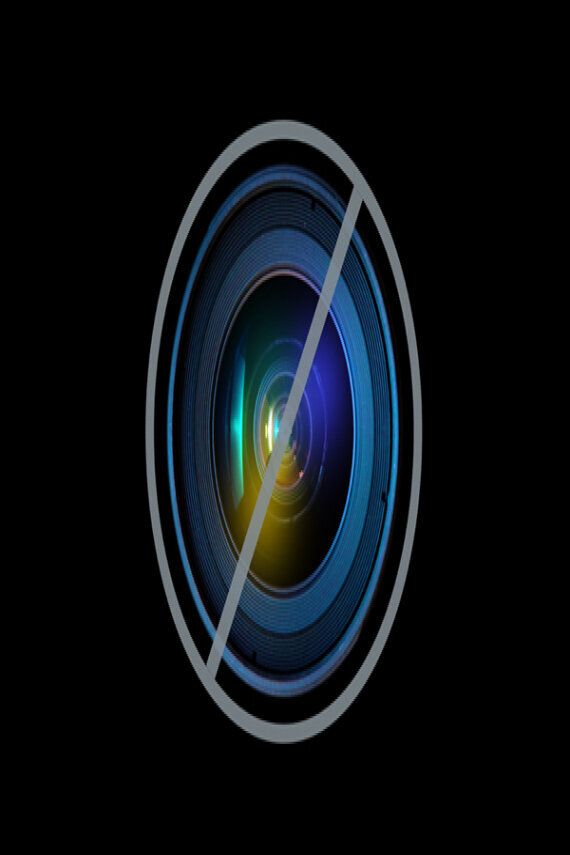It is one of the most famous sounds in the history of rock and roll.
The clanging, opening chord at the start of the 1964 Beatles hit A Hard Day's Night is instantly recognisable.
Yet, as many musicians have discovered, every attempt to reproduce it seems to sound wrong.
A British mathematician now claims to have got closer than anyone else to solving the decades old musical mystery.
Dr Kevin Houston, from the University of Leeds, used sophisticated software to split up the sound on the record into its component frequencies.

Scientists claim to have found the secret behind the Fab Four's most famous chord
Presented on a computer screen, a pattern was revealed showing which notes were most prominent.
The results suggest a much simpler solution than one proposed four years ago by another scientist from Canada.
Professor Jason Brown, from Dalhousie University, maintained that missing guitar notes were replaced by Beatles producer George Martin playing a piano.
Buried in the background behind the guitars, the piano is hard to hear. Yet according to Prof Brown it provides the vital musical spark that makes the chord so distinctive.
Dr Houston does not dispute that the piano is there, but challenges its importance.
His believes George Harrison was playing a straightforward F add9 on his 12-string electric Rickenbacker guitar, rather than the unusual fingering indicated by Prof Brown.
At the same time, Harrison appears to have had his thumb curled round the neck of the guitar, pressing down the bottom E string at the first fret.
This is a common technique among self-taught pop and rock guitarists.
Dr Houston also established that John Lennon was playing the same chord on an acoustic guitar. On the stereo track, Harrison and Lennon are heard on different speakers.
"The opening chord to A Hard Day's Night is a mystery," said Dr Houston, who was speaking today at the British Science Festival at the University of Aberdeen.
"It turns out that nobody really knows what it is. People who do know are a bit cagey about it. George Martin probably knows quite well but I think he's quite happy not to tell people.
"I wouldn't like to say that we've definitely got it right, but I think we've put the record straighter. It makes mathematical and musical sense."
Both Dr Houston and Prof Brown used the same mathematical process, called a Fourier transform, to dissect the Beatles chord.
But whereas Prof Brown was faced with a set of numbers, Dr Houston's software was able to display the result in a visual form.
"Jason used the right mathematical technique and fed the sound through a Fourier transform that tells you all the frequencies and their amplitudes, but he got it completely wrong," said Dr Houston.
"He came up with 29,000 frequencies and assumed the most important frequencies were the loudest. That was a mistake."
Prof Brown's solution suggested that Harrison was playing the notes A, D, G and C on just the four middle strings of his guitar.
It also indicated that John Lennon's only contribution was a single C note played high on the fretboard on the first string.
Both are implausible, according to fellow mathematician, teacher and guitarist Ben Sparks who was taking part in today's presentation.
"It beggars belief to say George Harrison was dodging the first string; its laughable," he said. "Trying to play four strings in the middle of a 12 string is bloody hard, and most musicians would think it's ludicrous to have John Lennon play just a high C."
A question mark still hung over the role of Paul McCartney's bass guitar, said the mathematicians. Whether he was playing a full note, or a harmonic, or both, remains a puzzle.
The song A Hard Day's Night, recorded at Abbey Road studios in London, topped the record charts in both the UK and the US.
It was also the title track on the Beatles' first feature film.